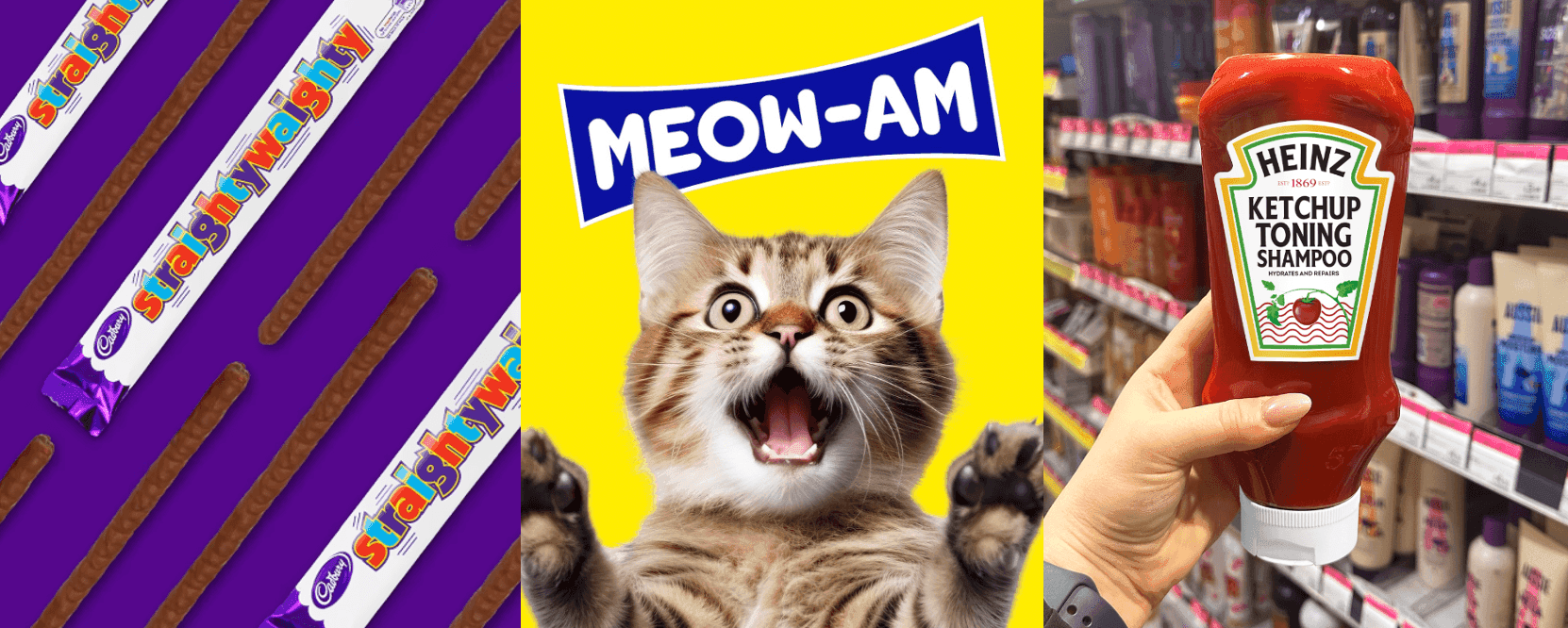Search is a behaviour, not a channel
Our Social and Content Account Directors, Lizi and Natalia, dive into the future of search, now that social is in the game.
Author
Lizi Legge, Natalia Sketchley
Date
28.04.2024

‘I’ll just Google it’.
That has been the go-to response for years when you’ve needed to know, confirm or prove something.
We occasionally Asked Jeeves and at one point, Bing tried to make ‘Bing it’ happen (who remembers their weird product placement in Gossip Girl back in the day?), but Google came out on top and has been our search engine comfort blanket since the late 90s.
Gen Z and Millennials, however, are shifting towards social media as a search engine in its own right. This means that social and search need to work hand-in-hand as they play new roles in the consumer journey. With this information, we can use similar tactics to understand our audiences and their behaviours on social as we would for traditional search.
We can take the view that ‘search’ is a behaviour, not a channel.
For example, when TikTok hit the mainstream back at the start of the pandemic, there were a lot of dance trends and people getting dressed up to take the bins out, but it also saw the rise (pun intended) of sourdough starters and banana bread.
We saw sourdough going viral across social media - with even celebs like Jake Gyllenhaal speaking out about how he began baking it during April 2020. That then had a huge impact on search when it came to people seeking out the methodology.
TikTok content was going ‘viral’ faster and wider, which had a huge impact on search volumes in traditional search engines, where brands had the opportunity to show up in response to what was trending.
Skip forward to 2024 and it’s more important than ever before for social media and onsite content strategies to work together—and it’s a fairly simple process.
Doing keyword research which is specific to each channel (both across social and traditional search) will give you a better understanding of the content which your audience wants to see, what’s trending and how people are searching. This then helps to inform and create more nuanced and relevant content pieces as part of a wider strategy.
It should also be noted that SERPs can also include, where relevant, social content, which can in turn help us create better social content for those who are using traditional search, directing them to our brand channels.
So let’s start with our own brand and the products which we need to be ranking in the SERPs.
For example, a building society looking to sell more mortgages.
We create an onsite content plan (often part of a wider campaign where our content can solve a problem our audience may have, or simply fill a knowledge gap), based around the keywords we need to rank for.
This could be content including information on ‘how to get a mortgage’, ‘help to buy ISAs’ or the ‘house buying process’.
Taking into account the audiences we are targeting to inform the social platforms we need to activate on, we create content which links into trending topics or sounds which is relevant to the audience.
So we could create quickfire TikTok content about the ‘hidden costs of house buying’, ‘how to access your help to buy ISA’ or ‘house buying jargon’.
This simple but effective integrated approach means that we can show up in the discovery phase (on social media), where we can be showing both problem and solution (which may not have been front of mind) or be there when a person is proactively seeking a solution.
Then they can go to traditional search engines to look for more information, likely using the keywords from the social content, and that’s where our brand can show up.
Why it makes sense to bring social and traditional search closer together
For example, right at the top of the funnel, people go to Pinterest when they’re not sure what they want, like a digital version of window shopping, and brands should be visible during this stage. Likewise, TikTok is an opportunity to appear in content based around key moments or dates, such as gift giving occasions or cultural events, as people search more generally for inspiration. Basically, the social equivalent of longtail search.
On Instagram and TikTok, you can show up with third party recommendations via influencers (who have an audience which is aligned with who you’re targeting), positioning your product as the solution they didn’t even know they needed.
A bit further down the funnel, when people know what kind of problem they need to solve, they can go to video first platforms like YouTube and TikTok for informative and entertaining guide content, meaning that your brand is what will be front of mind when the consumer needs the product you mention – which could be anything from a holiday package via a cheap flight hack, to a part for your broken washing machine.
Ultimately, an integrated approach to content, which gives each social channel a specific role to play can then drive search volumes when it comes to actually getting people to site, to purchase. Whilst SEO is always playing the long game, your social content will always be an opportunity to support it.
